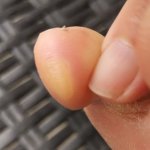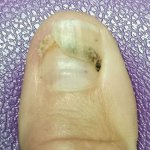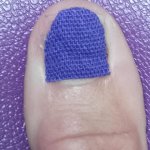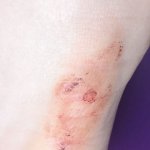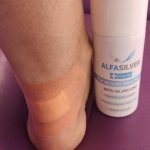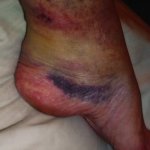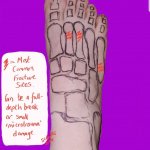Potty Purple Pod’s Spin On Strictly Come Dancing 2019
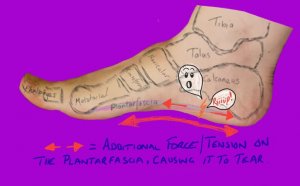 More than half way through the 2019 season of Strictly Come Dancing with the Blackpool episode behind us isn’t it incredible! The standards really do get better and better every year. I’m honestly blown away by how quickly everyone is improving and becoming dancers before our eyes! I’d love to know who your favourite is this series! My money is on Kelvin Fletcher….that jive with the flying press up! He’s even inspired kids to have a go now! #FlyingPressUpChallenge
More than half way through the 2019 season of Strictly Come Dancing with the Blackpool episode behind us isn’t it incredible! The standards really do get better and better every year. I’m honestly blown away by how quickly everyone is improving and becoming dancers before our eyes! I’d love to know who your favourite is this series! My money is on Kelvin Fletcher….that jive with the flying press up! He’s even inspired kids to have a go now! #FlyingPressUpChallenge
Just think, Kelvin only became a contestant after Jamie Laing had to pull out when he injured his plantar fascia during training! Wondering what that injury looks like? Take a look at these drawings done by my pal Susan C Beattie.
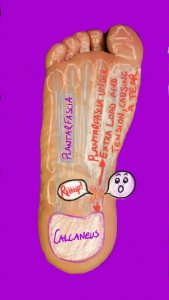 Training
Training
Anyway, all of this incredible improvement we have seen so far doesn’t happen by chance. We know they’re all putting serious hours in and that’s taking a toll on their bodies. Mike Bushell (sadly out now) losing over a stone in weight in the first few weeks! It just goes to show how intensively they have been training. But, we’re not here to just talk belt holes, what about the other impact it’s having on their bodies?
After 7 grueling weeks of extreme training, in new shoes, many with no dancing background at all we’ve already seen some injuries showing up – and that’s just the celebs! Injuries have been rife across the board – poor Will having to leave the competition, and good old Kevin stepping in to cover for Neil whilst his muscle strain healed.
What about injury?
Aside from the bumps and bruises of being thrown around by their dancing partners, the majority of the damage is going to be on their feet – the one area they definitely need to be protecting and taking care of.
I’m going to run through the most common ones new dancers can expect, how to spot them and what you can do about them.
| Injury | Symptoms/What to look out for | How to look after it |
|---|---|---|
| Blisters (Saffron)
|
Sore red areas of skin with fluid underneath. | Protect by covering with a plaster; avoid wearing the shoes that caused it! |
| Lost toe nail (Karen) | Nail coming loose or bruising under the nail
|
If its still partially attached, cover and protect with tape (like I did my thumb nail)
|
| Rubbing from new shoes (Emma)
|
Sore red areas of skin where the friction point is | Protect with taping
|
| Strained muscles (Neil) | Sudden onset of pain in muscle during activity, inability to move or weight bear on it, might feel something ‘snap’. | These can be mild or severe so treatment and length of recovery will vary, but good rule of thumb:-
Protect, offload it and apply ice pack to reduce immediate inflammation. See a professional for an assessment and rehabilitation plan for anything that doesn’t settle in a day or two. |
| Sprains (when the ligaments attaching bone to bone get pulled or torn)
|
Going over on you ankle, pain, swelling, bruising lack of movement | Again these can be mild or severe, see above advice for strains. |
| Stress fracture
|
Pain (often in the fore foot area) | Depending on the severity these may need to be completely immobilised in a ‘ski boot splint’ or you may manage with supportive strapping/taping and wearing a supportive firm soled shoe like a walking boot.
It’s a good idea to see a professional to get it assessed and design a management and rehabilitation plan together. |
These injuries of course aren’t unique to dancing, and can be easily experienced by anyone undertaking high intensity training, or anyone not taking proper care and attention to their feet.
Hopefully these bits of info will help you spot the signs early, so a little twinge doesn’t get in the way of whatever you’re up to. Don’t forget to KEEEEEEP DANCING!


